Discover the Timeless Charm of Duong Lam Ancient Village in Hanoi
Duong Lam Ancient Village, tucked away around 50 kilometers from Vietnam’s busy city, is a stunning tribute to the rich cultural legacy of the country. Often disregarded by mainstream visitors, this little town is a must-see for anybody wishing to explore the real Vietnamese way of life and historical roots. Let MOTOGO Tours explore.
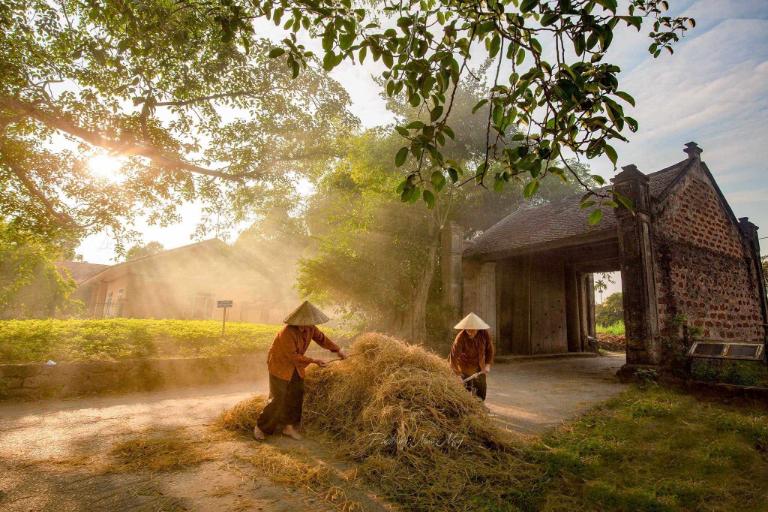
Overview of Duong Lam Ancient Village
Nestled on the outskirts of Hanoi, Duong Lam Ancient Village is one of must-visit destinations in Hanoi. You will soon find a clear difference from the busyness of Hanoi as you get closer to the area.
Location and Historical Significance
Duong Lam Village, which is around 50 kilometers from Hanoi, is within the Son Tay province—now part of Hanoi. Popular day trip for both residents and visitors looking to get away from the city, it’s easily reachable by a quick drive or motorbike trip. The particular history of this community distinguishes it. Established more over 1,200 years ago, Duong Lam has seen Vietnamese society develop from the feudal age to the present.

Among the few well-known personalities in Vietnamese history, the town is most known for producing the fabled King Ngo Quyen, who vanquished the Chinese invaders in the tenth century. For people fascinated in Vietnam’s rich past, this historical relevance adds to its attraction and attracts them to visit.
Cultural Heritage and Architectural Charm
Duong Lam invites you to stroll through a rainbow of traditional Vietnamese buildings. Reflecting the architectural styles of the 17th and 18th centuries, the more than 900 old homes in the village include many built from laterite bricks, wood, and bamboo. With their complex architecture and carvings highlighting the workmanship of past builders, these residences have endured over time.
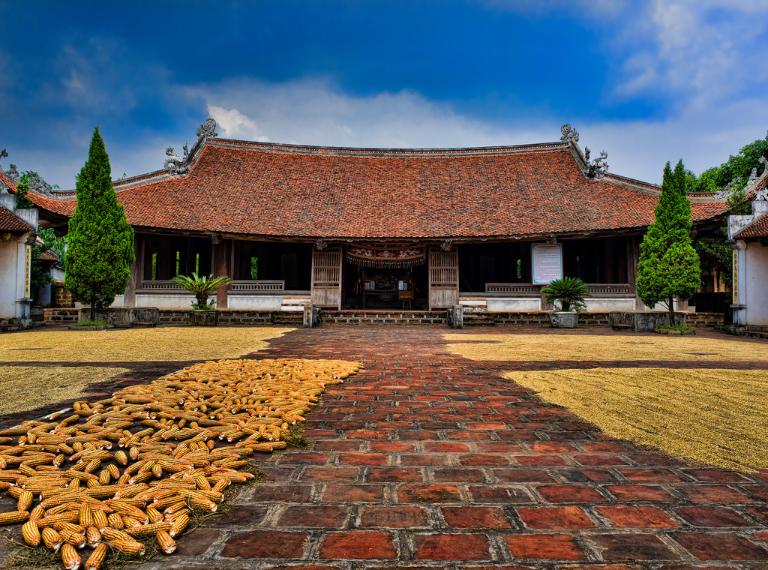
The houses have a unique architectural form with sloping rooftops covered in decorative designs thought to fend off evil spirits. The village’s design itself is also intriguing; little lanes that inspire discovery help to shape it. Every turn exposes unexpected treasures—a classic community house, a lovely old well, or a busy market.
>> Let’s see more: The Bat Trang Pottery Village: A Must-visit Destination in Hanoi
The Famous Buildings in Duong Lam Ancient Village
Duong Lam Ancient Village is prized for its architectural legacy as much as for its calm surroundings and agricultural appeal. Many historically important structures in the village highlight the distinctive architectural designs and cultural values of old Vietnam.
Notable Houses and Ancient Residences
Entering Duong Lam, one of the first things you will notice is the overwhelming quantity of old houses lining the streets. Sloping rooftops, detailed wooden carvings, and courtyards that offer a glimpse into traditional Vietnamese life define their architectural reflection of a harmonic mix of practicality and aesthetic appeal.
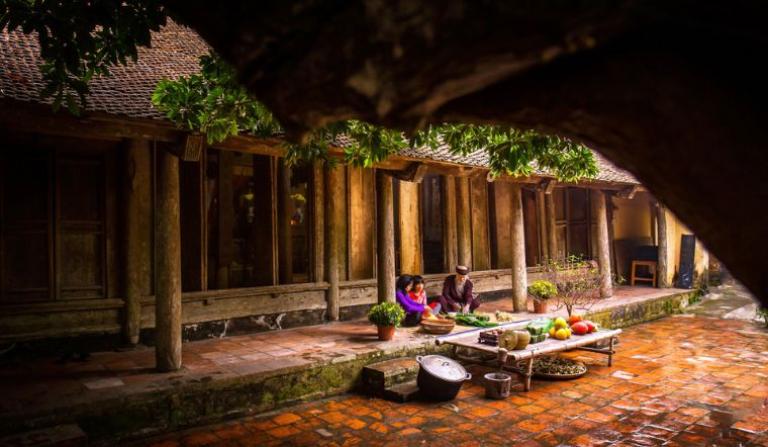
Often recognized as best examples of traditional Vietnamese architecture, the homes belonging to the Bui and Nguyen families are among the most prominent ones. These houses are archives of history, filled with family altars, old relics, and traditional furniture that tells volumes about the way of life of the village’s forebears in addition to being useful rooms.
Entering these houses allows guests to view well-preserved interiors featuring tiled roofs and wooden beams. It is a personal and interesting experience since the family members who still live at each house usually describe their rich history.
Communal Houses: The Heart of the Community
Several communal houses in Duong Lam Ancient Village provide venues for religious and cultural events. Particularly the Mongol Phu Communal House is notable because of its cultural and historical value. Constructed in the 17th century, this house is a superb illustration of traditional architecture with its elaborate carvings and roomy inside meant to fit communal events.
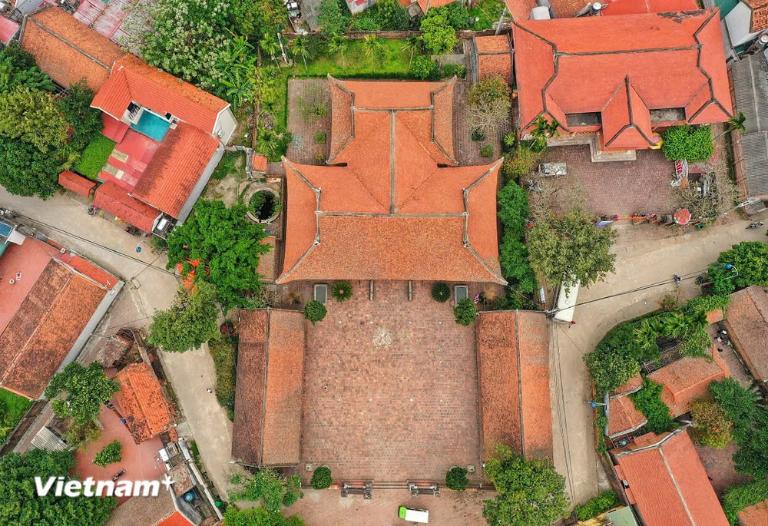
Maintaining the social fiber of the community depends on communal residences like Mong Phu. Important events including festivals, weddings, and ancestor worship rites find places here. Every house is devoted to a specific spirit or ancestor, and people come here to honor each other, therefore strengthening ties in the community and cultural identity.
Temples: Spiritual and Cultural Pillars
Apart from shared homes, Duong Lam boasts various temples honoring legendary leaders in Vietnamese history. Notable are the Phung Hung Temple and Ngo Quyen Temple:
Phung Hung Temple
Built as an architectural marvel in honor of the fabled hero Phung Hung, who is renowned for spearheading a revolt against the Tang Dynasty, this temple Ornate carvings and inscriptions in the shrine chronicle Phung Hung’s valor and leadership. Paying respect here is thought by locals to provide protection and good fortune.
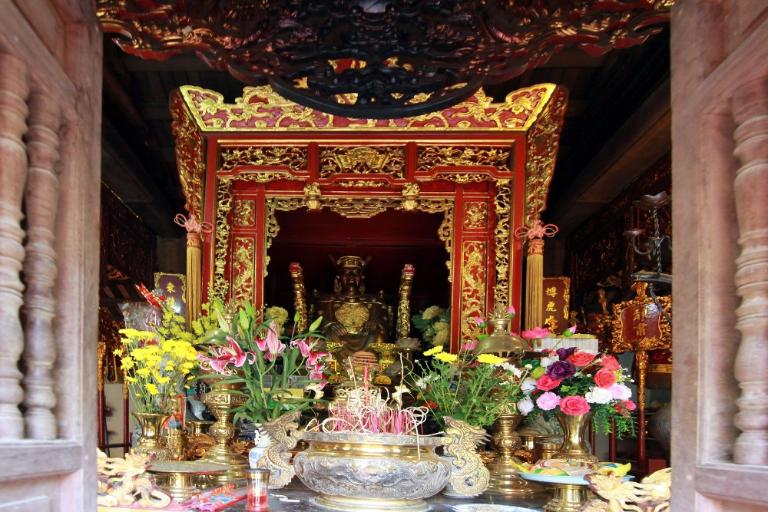
Ngo Quyen Temple
In a same vein, the Ngo Quyen Temple pays tribute to Ngo Quyen, the Ngo Dynasty’s founder and a national hero well-known for his crucial part in foiling foreign invaders. Apart from being a place of worship, this temple hosts yearly celebrations honoring Vietnamese freedom and pride. It’s the ideal place for meditation and respect because of the complex architecture and peaceful surrounds.

>>> Let’s see more: The Bach Ma Temple: Discover Hanoi’s Spiritual Gem
The Village Well and Other Landmarks
The old village well in Duong Lam is another fascinating site usually found next to community homes. For daily village life, these wells were vital since they provided fresh water for irrigation, cleaning, and cooking as well as for Often encircled by verdant surroundings, the wells are gathering places for locals to mingle and tell stories.
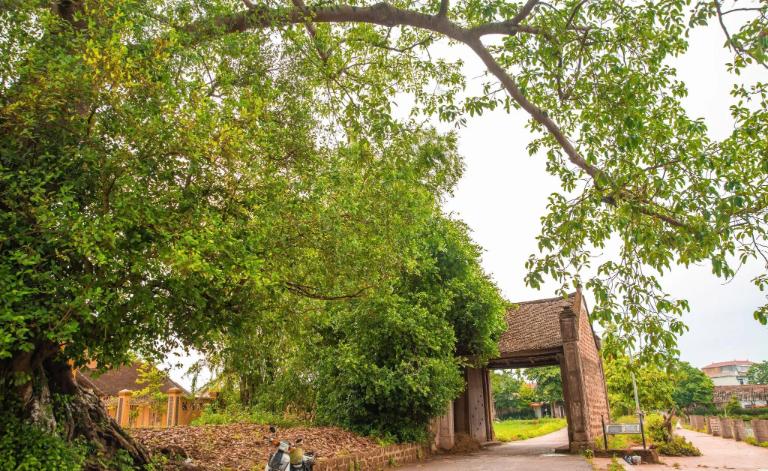
Furthermore enhancing the architectural scene of Duong Lam are several temples and little pagodas dispersed around the community. Every one of these structures has particular importance and background that adds to the general appeal of the town.
Local Culture and Traditions of Duong Lam Ancient Village
Festivals and Events
Duong Lam comes alive during several neighborhood celebrations when custom meets happiness. Celebrating the Lunar New Year, the Tet Festival stands out as most famous. The town is festively decorated, and residents participate in customs, dances, and traditional games, so generating an energetic environment difficultly resistable.
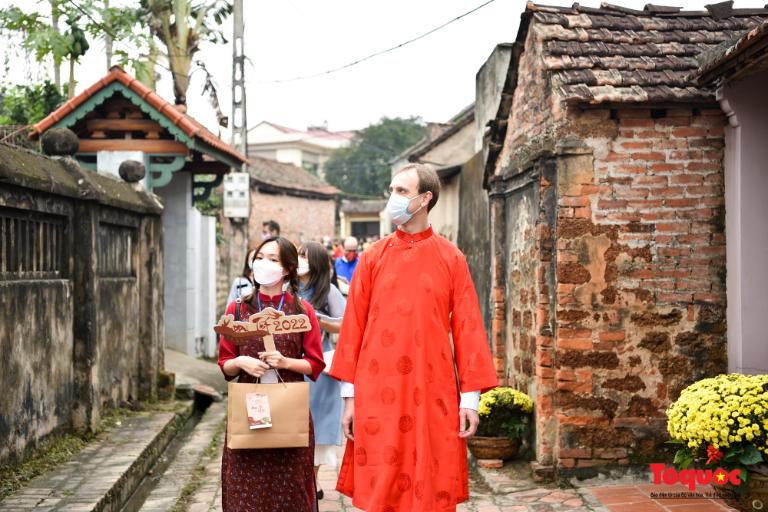
Culinary Delights
One cannot discuss a visit to Duong Lam without referencing its gastronomic options. Not only mouthwatering but also steeped in history are local delicacies Banh Te (rice cake) and Che Lam (sticky rice dessert). Take advantage of the opportunity to eat at a nearby house where you may savor real Vietnamese cuisine created with love and custom.
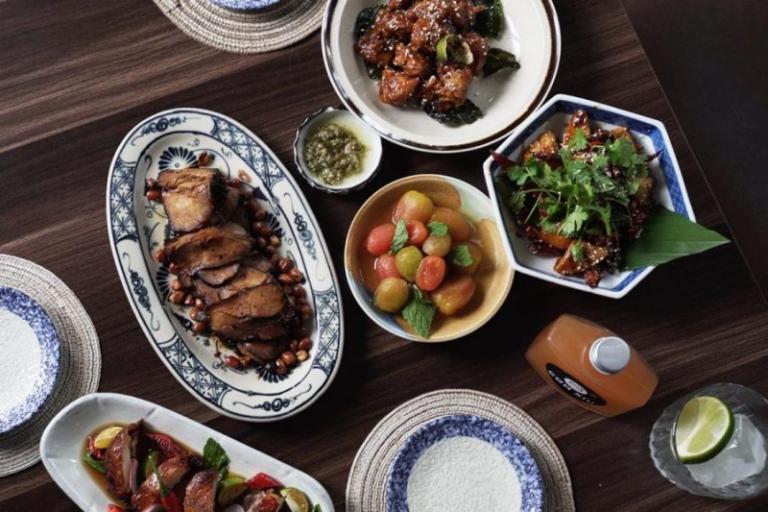
Practical Tips for Travelers
The Best Time to Visit Duong Lam Ancient Village
Visiting Duong Lam would be excellent in the colder months between October and April. This is the time of year when strolling and village exploration is most enjoyable—the weather is mild. Although summer can be hot and muggy, if you’re ready to endure the heat you’ll discover less visitors and a more laid back vibe.
Where to Stay
Although Duong Lam is usually seen as a day excursion from Hanoi, there are several lovely homestays and guesthouses should you want to really experience country life. Spending the night lets you enjoy the peace of the village once the day-trippers go.
Local Etiquette
Just as with other trip destination, awareness of local customs improves your experience. In Duong Lam, a grin and a basic hello will go a far way. Respect homes and temples; do not hesitate to ask permission before photographing persons or their belongings.

Duong Lam Ancient Village is a must-visit for anyone looking to immerse themselves in Vietnam’s rich history and culture. The village has a special chance to see rural life as it once was with its old homes, shared temples, and strong customs. Thus, make sure you schedule a day to visit this charming town the next time you are in Hanoi.
Related Posts:

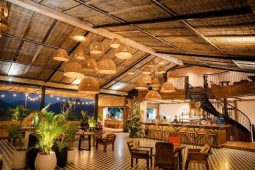


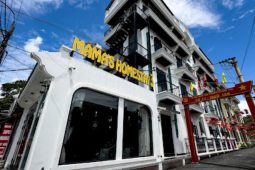





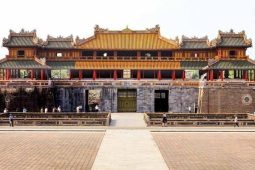


Be the first to comment!